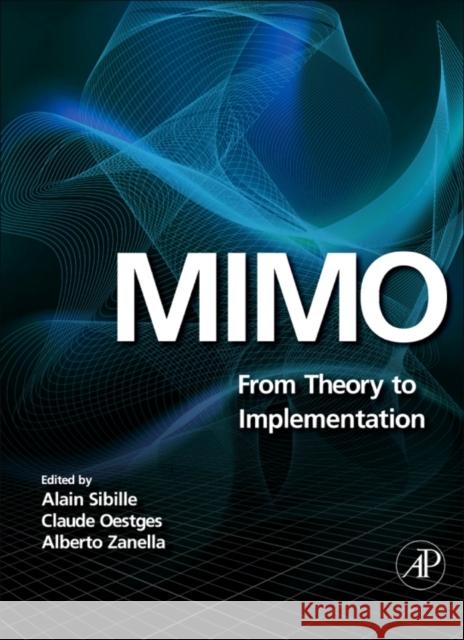Mimo: From Theory to Implementation » książka
topmenu
Mimo: From Theory to Implementation
ISBN-13: 9781493301225 / Angielski / Miękka / 2010 / 360 str.
Foreword from Arogyaswami Paulraj, Professor (Emeritus), Stanford University (USA)
- The first book to show how MIMO principles can be implemented in today's mobile broadband networks and components
- Explains and solves some of the practical difficulties that arise in designing and implementing MIMO systems
- Both theory and implementation sections are written in the context of the most recent standards: IEEE 802.11n (WiFi); IEEE 802.16 (WIMAX); 4G networks (3GPP/3GPP2, LTE)











